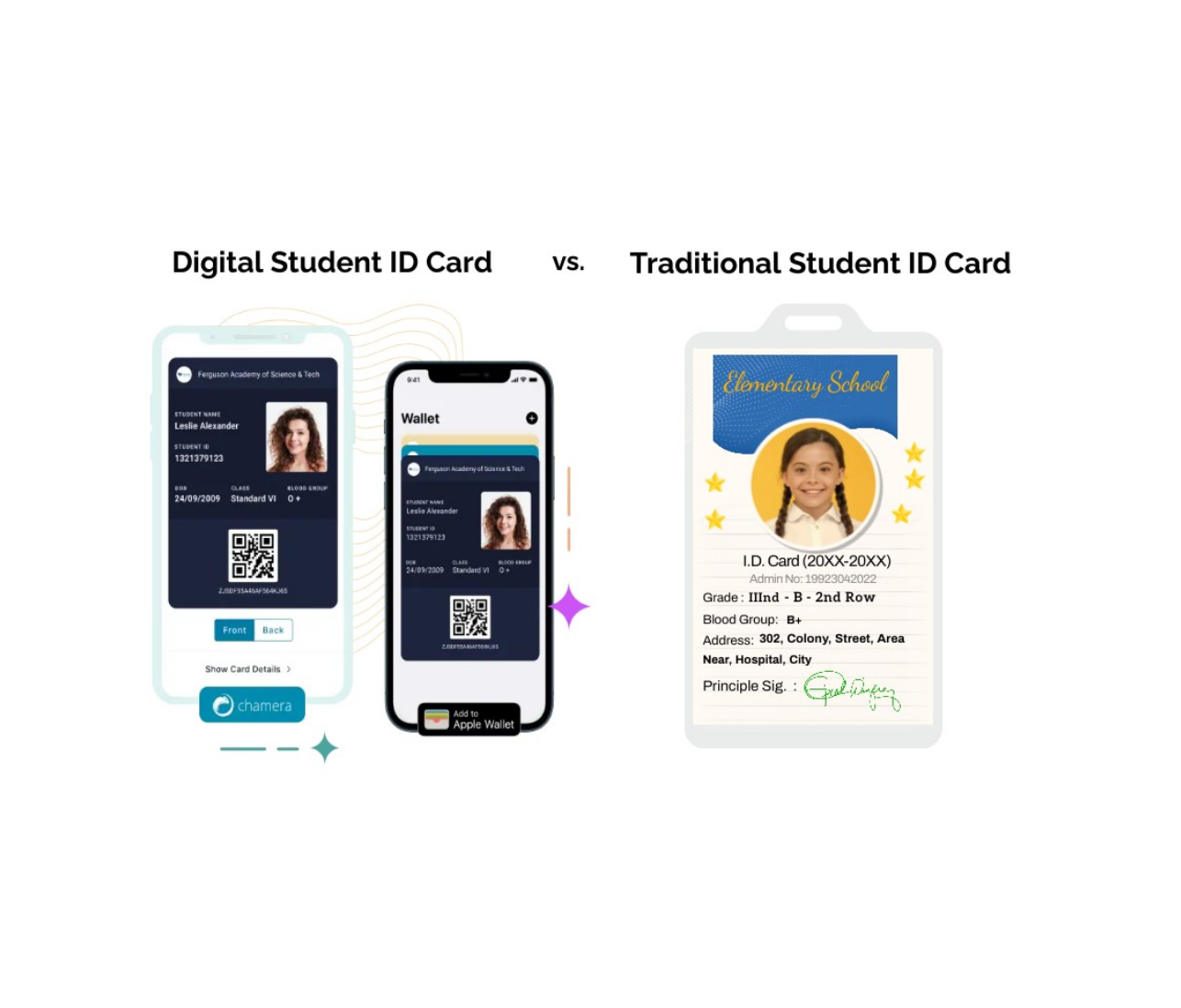In today’s digital age, mobile accessibility isn’t just about convenience; it’s about inclusivity, efficiency, and empowerment. For educational institutions, be it schools, colleges or universities, the importance of mobile accessibility cannot be overstated. As smartphones become a part and parcel of our daily lives, students, educators, and administrators combinedly benefit from the ability to access information and resources on the go.
But when talking about the members of an institution, we often forget about a big part who might be carrying disabilities and trying hard to fit in to the regular system. Well, mobile accessibility is a blessing in this case, as it can improve experience and usability for all users, no matter their abilities or preferences.
So, let’s dive into this article to gain in-depth knowledge about mobile accessibility and understand why it should be considered an essential part of the institutions.
What is Mobile Accessibility?
The term “mobile accessibility” describes how websites and programmes are created and developed on mobile platforms, including smartphones and tablets, with the goal of ensuring that disabled individuals can access and utilise them efficiently. As the World Bank suggests, about one billion people worldwide live with a disability.
So, mobile accessibility involves removing obstacles that can keep people with disabilities from accessing mobile online material. It also focuses on making the most of mobile devices’ capabilities and functionalities, as well as making mobile technology inclusive.
Is Mobile Accessibility Needed for Everyone in an Institution?
 Students with various disabilities can depend on mobile accessibility to gain access to internet communication, services, and information. Among the various kinds of disability are, but are not exclusive to:
Students with various disabilities can depend on mobile accessibility to gain access to internet communication, services, and information. Among the various kinds of disability are, but are not exclusive to:
- Deficits in Hearing
- Visual Disability
- Temporary Impairments (fractured bones, brief loss of vision, etc.)
- Impairments to Motor Function
- Cognitive Deficits
Moreover, the advantages of accessibility go beyond those with impairments. Along with helping the disabled ones, it is greatly helpful for every member of any institution. So, the answer would be yes, mobile accessibility can enhance the education experience for everybody.
Five Reasons Why Institutes Must Embrace Mobile Accessibility
1. Enhancing Inclusivity and Equal Access
Mobile accessibility ensures that all students, including those with disabilities, have the same access to educational resources and services. For students with visual, hearing, motor, or cognitive impairments, accessible mobile technology is crucial. Also, clear navigation menus, readable fonts, and consistent layouts benefit all students, not just those with disabilities.
Features like screen readers, captioning, and voice commands remove barriers, enabling these students to participate fully in their education. When educational institutions prioritise mobile accessibility, they foster an environment where each and every student has the chance to succeed, regardless of their abilities.
2. Boosting Student Engagement
Accessible mobile apps and websites make learning more engaging for all students. Interactive features, such as multimedia content, interactive quizzes, and real-time feedback, can be easily accessed on mobile devices, keeping students interested and motivated. When educational materials are designed with accessibility in mind, students can customise their learning experience to suit their individual needs.
For example, adjustable text sizes, customisable colour schemes, and intuitive navigation can significantly improve usability for everyone. By leveraging mobile accessibility, institutions create a dynamic and active learning environment while encouraging active participation and enhancing overall educational outcomes.
3. Supporting Flexibility and Independence
Mobile accessibility supports flexible learning environments by giving students the opportunity to access educational resources anytime and anywhere. This flexibility is particularly beneficial for students who may face challenges attending in-person classes due to health issues, geographic constraints, or other personal circumstances.
Students with disabilities often require more flexible learning arrangements, and mobile accessibility makes this possible. By providing access to course materials, lectures, and assignments on mobile devices, educational institutions empower students to monitor and tackle their own learning schedules and study at their own pace. This independence is crucial for building confidence and promoting academic success.
4. Providing Security and Convenience of Digital ID Card
Mobile accessibility also extends to the implementation of digital ID card systems, which offer both safety and convenience. A digital ID card app allows students to store and access their cards on mobile devices, reducing the need for physical cards that can be lost or stolen. These systems can be integrated with various campus services, allowing students to access libraries, labs, and other facilities with a simple tap on their smartphones.
Additionally, a digital ID card for students can be updated in real-time, ensuring that they always have the most current information without needing to obtain a new physical card. Tools from a digital ID card maker facilitate the creation and distribution of these cards efficiently. Moreover, offering a free digital ID option makes it accessible to all students, supporting a secure and efficient campus environment that benefits everyone in the educational community.
5. Preparing Students for the Future
Incorporating mobile accessibility into educational practices prepares students for a world where digital literacy and inclusivity are paramount. Students who use accessible mobile technology develop essential skills such as navigating digital platforms, managing online communication, and utilising various apps and tools. These skills are a must-have in today’s job market and will continue to be relevant as technology evolves.
Furthermore, fostering an inclusive educational environment teaches students the importance of accessibility and inclusivity, values that they will carry into their future careers and personal lives. By prioritising mobile accessibility, educational institutions contribute to creating a more equitable and inclusive society.
Conclusion
Embracing mobile accessibility is no longer an option but a necessity for educational institutions committed to providing an inclusive, engaging, and effective learning environment. So, to sum up, we can hope that these five reasons help you give your institution an upgrade with this feature.
Are you ready to embrace the futuristic approach of mobile accessibility? Start by ensuring a digital ID facility for all the members of Chamera. This user-friendly digital ID card system is tailored to meet the needs of modern educational sector. Together, let’s build a future where education is accessible for everyone.




